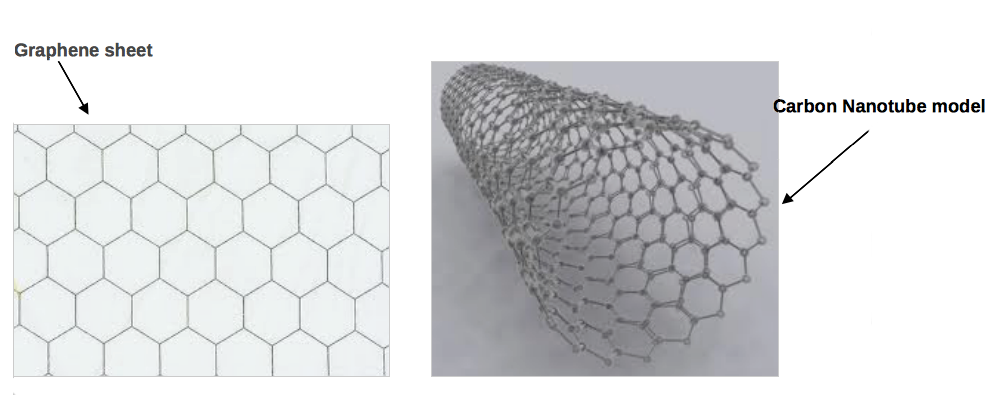
The discovery of carbon nanotubes (CNT) in 1991 opened up a new era in materials science. These incredible structures have an array of fascinating electronic, magnetic and mechanical properties. CNT are at least 100 times stronger than steel, but only one-sixth as heavy, so nanotube fibers could strengthen almost any material. Nanotubes can conduct heat and electricity far better than copper. CNT are already being used in polymers to control or enhance conductivity and are added to anti-static packaging.
A carbon nanotube is a tube-shaped material, made of carbon, having a diameter measuring on the nanometer scale. A nanometer is one-billionth of a meter, or about 10,000 times smaller than a human hair. CNT are unique because the bonding between the atoms is very strong and the tubes can have extreme aspect ratios. A carbon nanotube can be as thin as a few nanometers yet be as long as hundreds of microns. To put this into perspective, if your hair had the same aspect ratio, a single strand would be over 40 meters long.
Carbon nanotubes have many structures, differing in length, thickness, and number of layers. The characteristics of nanotubes can be different depending on how the graphene sheet has rolled up to form the tube causing it to act either metallic or as a semiconductor. The graphite layer that makes up the nanotube looks like rolled-up chicken wire with a continuous unbroken hexagonal mesh and carbon molecules at the apexes of the hexagons.
Schematic of carbon nanotube made from rolled graphene sheet
There are many different types of carbon nanotubes, but they are normally categorized as either single-walled (SWNT) or multi-walled nanotubes (MWNT). A single-walled carbon nanotube is just like a regular straw. It has only one layer, or wall. Multi-walled carbon nanotubes are a collection of nested tubes of continuously increasing diameters. They can range from one outer and one inner tube (a double-walled nanotube) to as many as 100 tubes (walls) or more. Each tube is held at a certain distance from either of its neighboring tubes by interatomic forces.
Hi! I am a robot. I just upvoted you! I found similar content that readers might be interested in:
https://www.nanoscience.com/applications/education/overview/cnt-technology-overview/
Downvoting a post can decrease pending rewards and make it less visible. Common reasons:
Submit